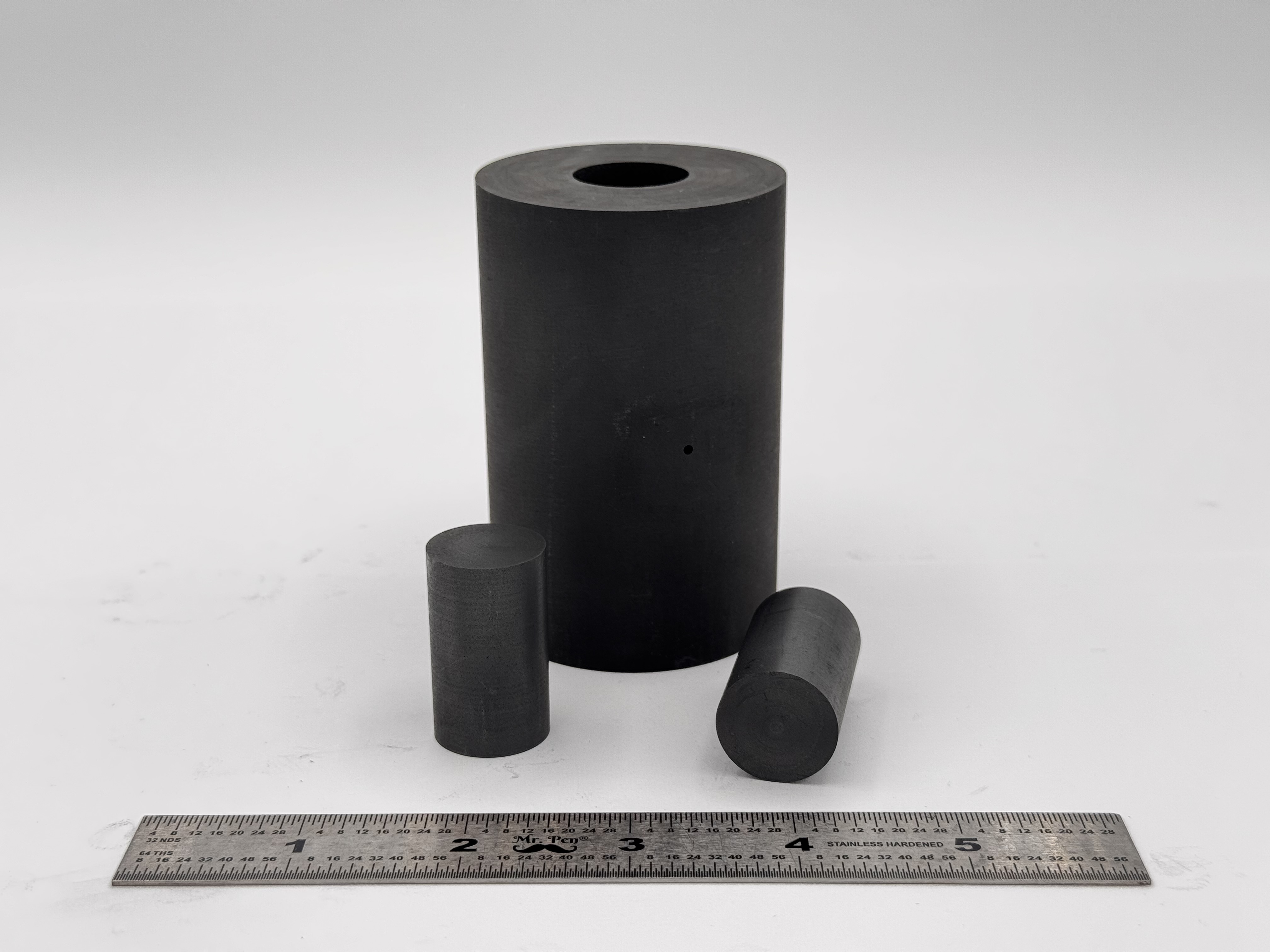Cryogenic Milling: The Cool Solution to Reducing Polymer Powders into Fine Meshes
In the world of manufacturing and materials science, the quest for perfection is an ongoing pursuit. For industries reliant on polymer powders, achieving the desired particle size and consistency is crucial. Whether it's for additive manufacturing, coatings, or other applications, the importance of reducing polymer powders to fine meshes cannot be overstated. However, this endeavor is not without its challenges. Enter cryogenic milling – an innovative and effective solution that offers both precision and cost affordability, especially in bulk operations.
The Significance of Fine Meshes
The size of polymer powder particles plays a pivotal role in determining the properties and performance of the end product. In applications like 3D printing, finer powders lead to enhanced surface finishes, improved layer adhesion, and ultimately, a higher-quality final product. In coatings, smaller particle sizes contribute to smoother and more uniform application, leading to improved aesthetics and durability. The quest for finer meshes is not merely a pursuit of aesthetics; it directly impacts functionality and utility.
Challenges in Particle Size Reduction
Reducing polymer powders to fine meshes isn't a straightforward task. Traditional milling methods can lead to inconsistent particle sizes, agglomeration, and increased heat generation, which can negatively affect the polymer's properties. Moreover, fine particle sizes can exacerbate these challenges, making it even harder to achieve the desired results. As the demand for precision increases, so does the need for innovative solutions that overcome these obstacles.
Cryogenic Milling: A Cooling Revolution
Cryogenic milling has emerged as a game-changing technique to conquer the challenges of particle size reduction in polymer powders. This method involves milling materials at extremely low temperatures, typically below -150°C (-238°F), using liquid nitrogen or other cryogenic gases. The dramatic reduction in temperature not only prevents heat buildup but also makes the polymers brittle, facilitating their fracture into finer particles.
Advantages of Cryogenic Milling
Precision: Cryogenic milling enables precise control over particle size distribution, resulting in uniformity that's hard to achieve with traditional methods.
Cost-Effective: Cryogenic milling is particularly cost-effective when done in bulk. The process can be automated, reducing labor costs and ensuring consistent quality over large quantities.
Minimal Degradation: The low temperatures during cryogenic milling minimize the risk of polymer degradation, preserving the material's intrinsic properties.
Reduced Agglomeration: Cryogenic milling minimizes the likelihood of particles sticking together, ensuring a free-flowing and easy-to-handle product.
Wide Applicability: This technique can be applied to a range of polymer types, making it versatile for various industries and applications.
Conclusion
The journey to achieve fine polymer powder meshes is rife with challenges, yet crucial for producing high-quality products. Cryogenic milling emerges as an effective and economically viable solution that overcomes the hurdles posed by traditional methods. By harnessing the power of extreme cold, cryogenic milling not only ensures precision and consistency but also opens up new avenues for innovation in industries relying on polymer powders. As technology continues to advance, cryogenic milling is likely to remain a cool and essential tool in the arsenal of materials scientists and manufacturers alike.
 High Strength SPS Graphite Tooling
High Strength SPS Graphite Tooling Tungsten Carbide Tooling
Tungsten Carbide Tooling Carbon Graphite Foil / Paper
Carbon Graphite Foil / Paper Carbon Felt and Yarn
Carbon Felt and Yarn Spark Plasma Sintering Systems
Spark Plasma Sintering Systems SPS/FAST Modeling Software
SPS/FAST Modeling Software